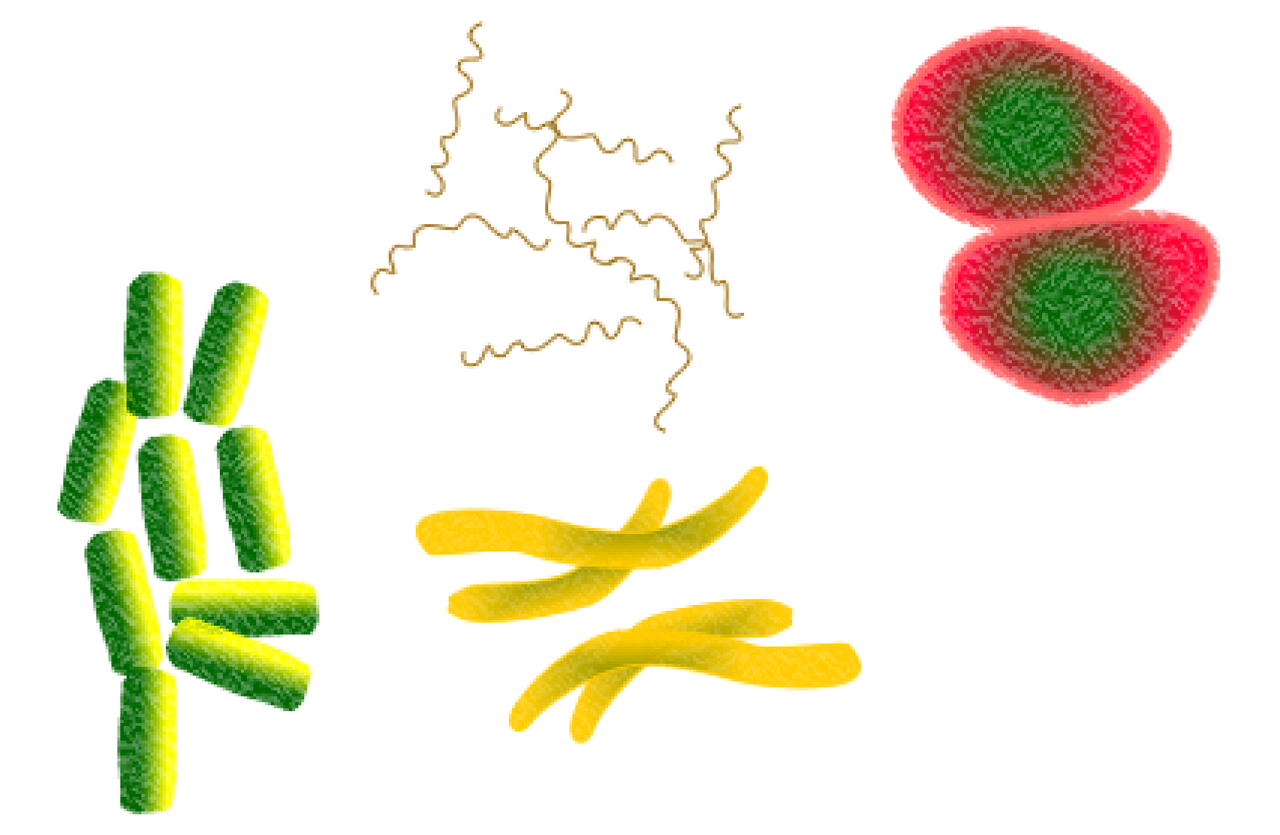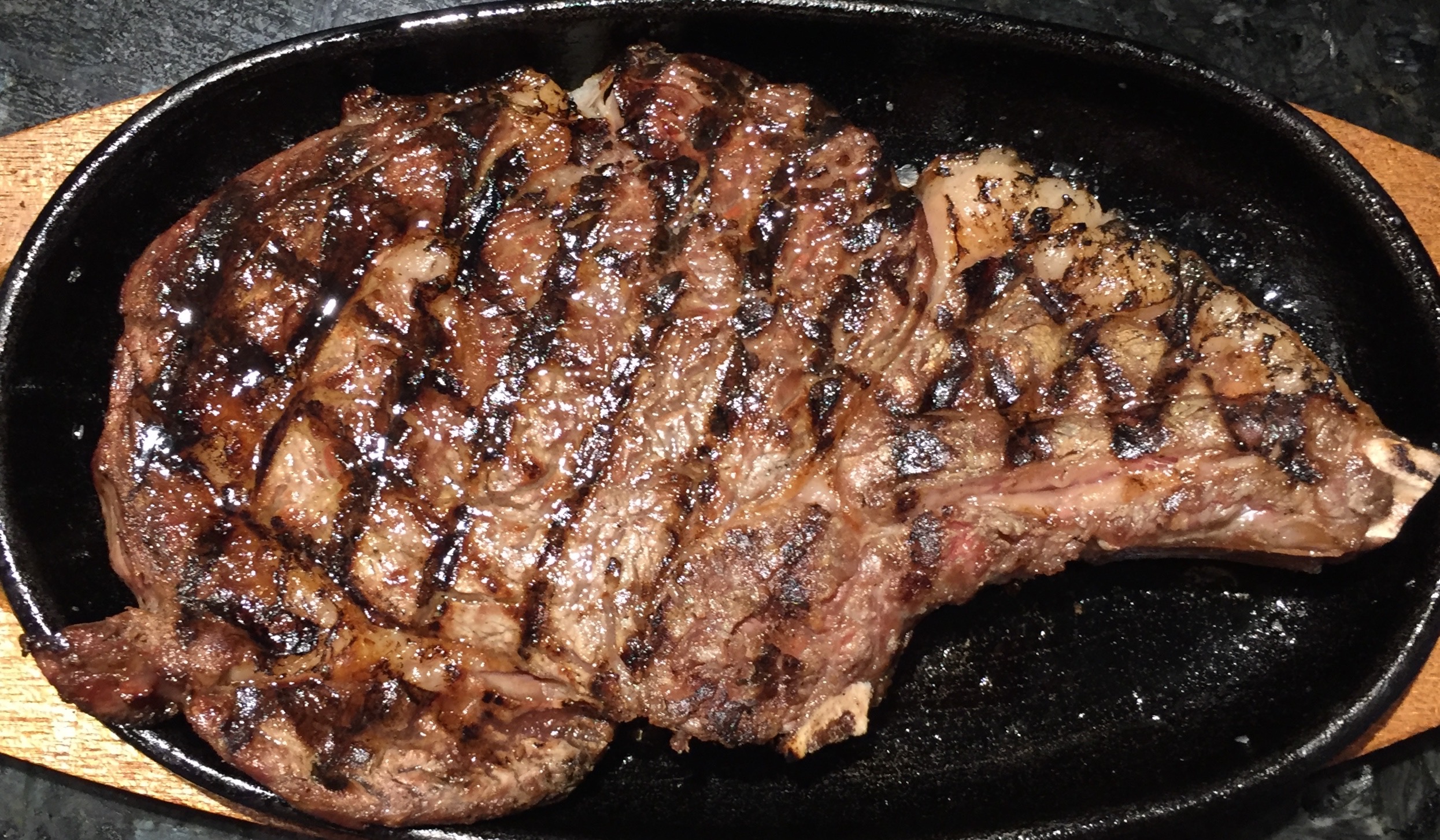Obesity is a pandemic in the United States. About 61% of adults, or an estimated 108 million adults, are overweight or obese, a condition known to increase their risk for chronic diseases including hypertension, type 2 diabetes, stroke, heart diseases, osteoarthritis, gallbladder disease, sleep apnea and endometrial, breast, prostate, and colon cancers. The mainstream strategy on weight loss is a low-calorie and low-fat diet. A diet of 500-1,000 kcal/day reduction from usual intake (with lower than 30% of the calories as fat) is recommended by the American Heart Association and other experts (10). However, accumulated studies have proven how meaningless calorie counting is and why many people on low-fat diets with calorie restriction have failed to lose weight or gain back weight very quickly.
Food digestion needs energy

The calorie values, such as 4 Cal/g for protein, 9 Cal/g for fat and 4 Cal/g for carbohydrate were assigned by a system developed by Atwater et. al more than 100 years ago (1). We use ~10% of our daily energy expenditure digesting and absorbing food. This percentage changes depending on the type and combination of food you eat. Protein needs more energy (20-35% of total calories in protein eaten is used to digest it) than carbohydrates (5-15%) and fats (5-15%) (2-3). For example, when you eat 100 Calories of protein, the true calorie intake in your body is 65-80 Calories, while same calories of carbohydrate and fat provide 85-95 calories. This is one of reasons that a calorie is not a calorie in the human body.
Dietary fiber reduces your calorie intake

Few years ago, a study concluded that whole almonds provide about 20 per cent fewer calories than originally thought when they were consumed as part of a mixed diet (4). This means a 28-gram serving of almonds (about 23 almonds) has 129 Calories versus the 160 Calories currently listed on food package labels. This incident is not unique for almonds but happens with any fiber-rich foods and meals. When you eat whole food, such as vegetables, fruits, nuts, seaweeds, mushrooms and whole grains, your mixed diet has dietary fibers, which reduce our calorie intake from the meal by slowing the transit time of food from the stomach to the intestine, reducing digestion/absorption efficiency and decreasing fat absorption by interacting with bile acids in the intestine. As a result, calories from consumed foods with dietary fiber are completely different from those shown in nutrition facts.
Gut microbes modify your calorie intake

Gut microbiome studies in mice and humans have shown certain bacteria help you to intake more calories (6). Even lean person can increase the calorie harvesting population by short-term overeating (7).
Calorie from fat and protein sheds weight

Our brains seem to be satisfied by fat and protein and let us stop eating automatically. A randomized trial of 53 healthy obese women for 6 months showed people who ate a very low carbohydrate diet (<10% of daily caloric intake) until full lost more weight than those who ate a low fat diet with calorie restriction (8). This and other studies show that a diet in low carbohydrate but high fat and protein suppresses appetite and makes people lose weight without portion control or calorie restriction (9).
My conclusion
Calories seen on food labels are not very accurate. Calorie intake efficiency can change by types and combination of foods, and physiological/hormonal statues. Calorie harvesting rates vary by individuals by many reasons including their genes, their microbial genes and compositions of foods. So calorie counting is not important anymore. If you want to lose weight, eat dietary fiber-rich foods, such as nuts/seeds and vegetables, or even fiber supplement before main dishes and snacks. Reducing carbs and increasing fat and protein is a proven strategy toward an automatic calorie restriction and successful weight loss.
References
- Atwater WO & Bryant AP. The availability and fuel value of food materials. Storrs, CT: USDA, 1900 (Agriculture Experiment Station 12th Annual Report 73-110.)
- Glickman N & Mitchell HH. The total specific dynamic action of high-protein and high-carbohydrate diets on human subjects. J Nutr. 1948 Jul 10;36(1):41-57.
- Halton TL and Hu FB. The effects of high protein diets on thermogenesis, satiety and weight loss: a critical review. J Am Coll Nutr. 2004 Oct;23(5):373-85.
- Novotny JA, Gebauer SK, Baer DJ. Discrepancy between the Atwater factor predicted and empirically measured energy values of almonds in human diets. Am J Cli Nutr. 2012 Aug;96(2):296-301.
- Weickert MO & Pfeiffer AF. Metabolic effects of dietary fiber consumption and prevention of diabetes. J Nutr, 2008 138(3):439-442.
- Ley RE, Turnbaugh PJ, Klein S, Gordon JI. Microbial ecology: human gut microbes associated with obesity. Nature. 2006 Dec 21;444(7122):1022-3.
- Jumpertz R et al. Energy-balance studies reveal associations between gut microbes, caloric load, and nutrient absorption in humans.Am J Clin Nutr July 2011 vol. 94 no. 1 58-65
- Bonnie JB et al. A Randomized Trial Comparing a Very Low Carbohydrate Diet and a Calorie-Restricted Low Fat Diet on Body Weight and Cardiovascular Risk Factors in Healthy Women. J Clin Endo & Metab 2003 88:4, 1617-1623
- McClernon FJ et al. The effects of a low-carbohydrate ketogenic diet and a low-fat diet on mood, hunger, and other self-reported symptoms.Obesity (Silver Spring). 2007 Jan;15(1):182-7.
- NHLBI Obesity Education Initiative Expert Panel on the Identification, Evaluation, and Treatment of Obesity in Adults. National Heart, Lung, and Blood Institute; 1998 Clinical guidelines on the identification, evaluation, and treatment of overweight and obesity in adults: the evidence report. Bethesda (MD)
